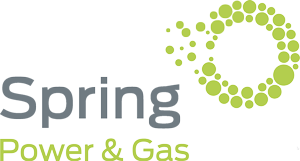Where is Spring Power & Gas Available?
Spring Power & Gas serves residents in the following locations: Maryland- BG&E (Baltimore Gas & Electric), Washington Gas and PEPCO areas. New Jersey- ACE, JCP&L, New Jersey Natural Gas, and PSE&G areas. Pennsylvania- PECO area

